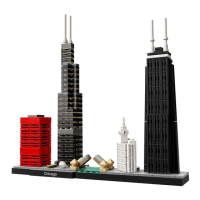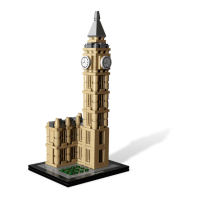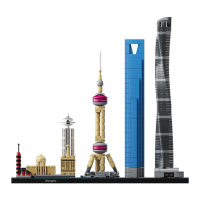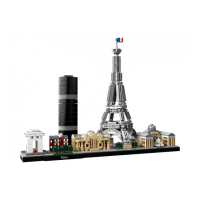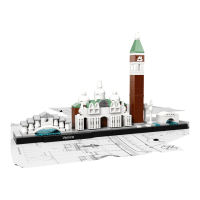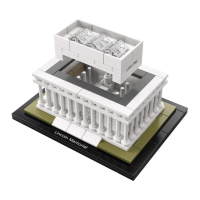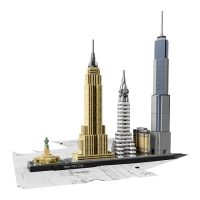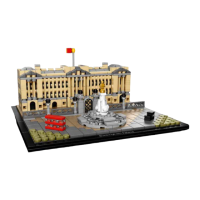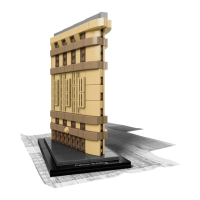Construction
While the Tower of Pisa is most known for “leaning”, it would still be
a remarkable architectural structure without this famous feature.
Constructed at a time when there was very little building of this
kind being carried out in Europe, the intelligent use of columns and
arches demonstrates an in-depth understanding of weight and load
characteristics that was way ahead of its time.
What the architect overlooked however, was the clay-based soil and
the need for a foundation capable of supporting a bell tower that would
eventually weigh 16.000 tons (14.500 metric tons).
The eight-story tower was built with limestone and lime mortar, with an
exterior covering of marble. Interestingly, the limestone is probably why
the tower has not cracked and collapsed – the rock is flexible enough
to withstand the pressures placed on it by the tilt. The bottom story of
the tower is an arcade of 15 closed marble arches. Each of the following
six stories contains 30 arches, while the final story, or bell-chamber, has
16 arches.
© Shutterstock
6
21015_BI.indd 6 07/02/2013 3:00 PM
